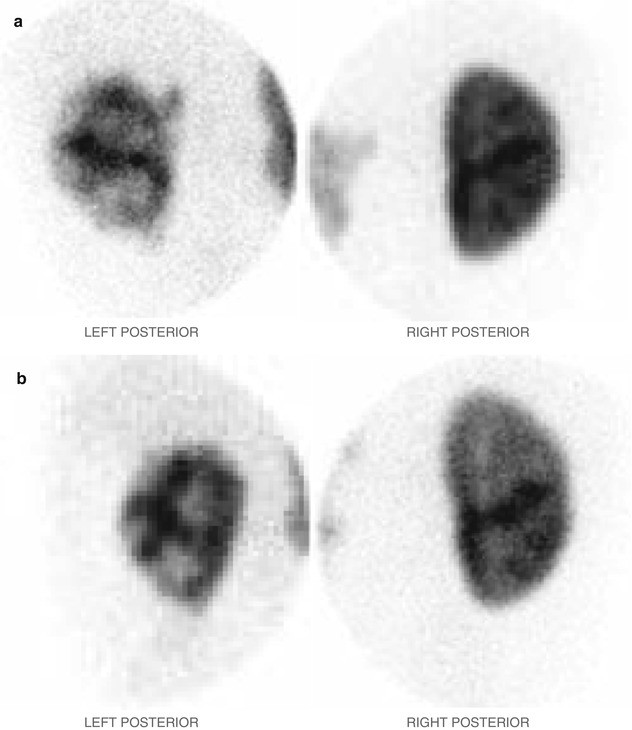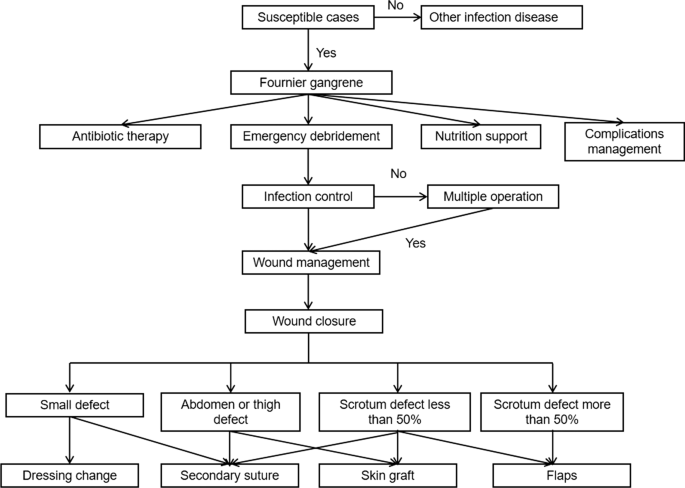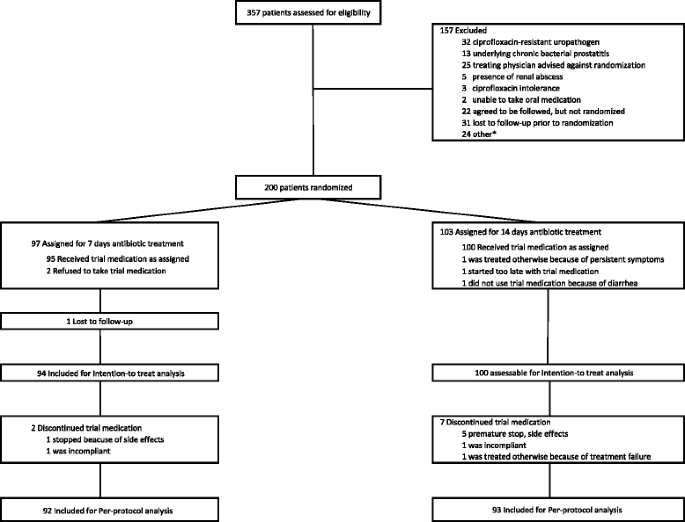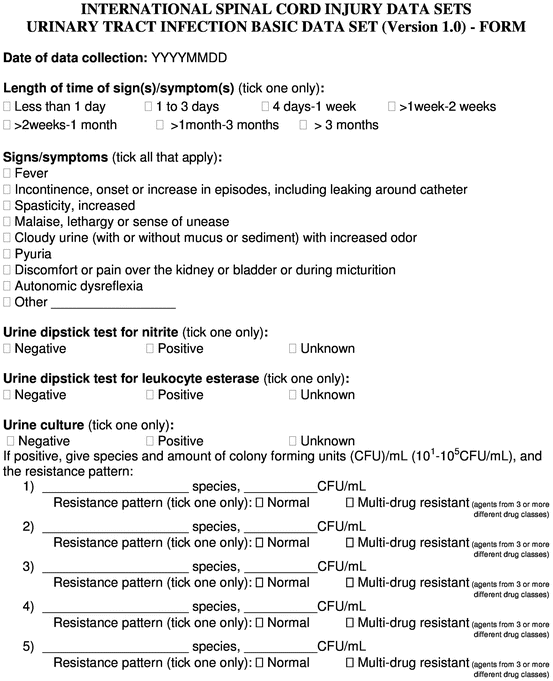perineal flora at 1 day
 Sources of Healthcare Associated Infections Infectious Disease Epidemiology Section Office of Public Health Louisiana Dept of Health & Hospitals ppt download
Sources of Healthcare Associated Infections Infectious Disease Epidemiology Section Office of Public Health Louisiana Dept of Health & Hospitals ppt downloadUrina Culture A urine culture is a test that can detect bacteria in the urine. This test can find and identify germs that cause a urinary tract infection (UTI). Bacteria, which usually causes UTIs, can enter the urinary tract through the urethra. In the environment of your urinary tract, these bacteria can grow quickly and become an infection. Urinary cultures can identify microorganisms, typically bacteria, that cause a UTI. ITIs are more common in women than men. This is because a woman's urethra is shorter and much closer to the anus. Therefore, it is much easier for bacteria in the intestines to find their way to the urinary tract. Bacterials ascend the urethra into the bladder, ureters and kidneys, where they can become an infection. The most common symptoms of an ITI are: If you have an ITI, your urine may appear cloudy or even spin a pink or coral tone if there is blood present. Although you can feel a constant urge to urinate, you may have difficulty getting more than a small amount of urine to get out of the bladder. In cases where the infection is becoming more severe, you may experience agitation, chills or vomiting. The urine for a urine culture can be collected in several different ways. The most common method to collect urine is the mid torrent. For this, you pick up your urine in a cup while you pee. Clean collection range You can also collect a urine sample with a urinary collection bag. This method is most commonly used with children and babies. For this procedure, a plastic bag is attached to the lips of a girl or a child's penis. When the child begins to urinate, the bag catches the urine, which can be sent to a laboratory for analysis. Catheter In some cases, a health care provider needs to collect a urine sample with a catheter. To do this, they introduce a thin rubber tube through the urethra and bladder. Once the catheter is in place, the healthcare provider can collect a sample. If you already have a urinary catheter in place, a health care provider can collect a sample by setting the drainage end of your catheter before it reaches the drainage bag. Once the urine passes to the hugged tube, your healthcare provider uses a syringe to extract a urine sample. Urine samples should not be taken directly from a catheter collection bag because the urine that has been out of the body too long can begin to grow bacteria and will not make a good sample. suprapubia aspiration In rare cases, your doctor may need to remove a urine sample from your bladder with a needle. This procedure, called suprapubia aspiration, is used if previous attempts to collect an uncontaminated sample have been unsuccessful. If you are pregnant, your obstetrician may have to make a urine culture at several points during your prenatal care as a precautionary measure. If you have developed an ITI during your pregnancy, it is essential to catch and treat it. ITIs are common and can sometimes go unnoticed. Untreated ITUs can lead to premature or poor work results. Collecting a urine sample is not painful, unless you are experiencing pain while urinating through an existing UTI. There are no risks associated with preparing or carrying out a urine collection. If your doctor asks for a urine sample obtained with a catheter, you may feel some pressure and discomfort when inserting the thin tube through your urethra. These tubes are lubricated to reduce pain and facilitate the procedure. Rarely, a catheter can create a hole in your urethra or bladder. Your doctor will discuss with you ways to reduce pain while performing the procedure. Before you begin your exam, tell your doctor if you are taking or have recently taken any medications or vitamins, medications and free-sale supplements. These can interfere with the results of the laboratory. Apart from washing hands and genitals before the collection of clean catches, you don't need to prepare for a culture of urine. If you know you will have to perform a urine collection during a appointment with your doctor, avoid urinating until you can collect a sample. If you have any questions or concerns about the exam, risks or results, talk to your doctor. For a culture of urine, urine is given several days to allow the bacteria, if present, to grow. The sample is then examined under a microscope. If your urine shows signs of bacteria or other organisms, you will receive a positive result. If few bacteria or organisms appear, you will receive a negative test result. The person who conducts the urine culture may also determine which organisms are causing the infection, either by sight or by additional testing. The results of a urine culture are usually ready in two or three days. If your result becomes positive, your doctor may prescribe an antibiotic to help remove harmful bacteria. Sometimes there may be more than one type of bacteria, or a very small bacterial presence, in your sample. In these cases, there may be a delay in obtaining its outcome. You may also need to take the test again. Most UTIs are caused by E. coli, which are often found in their stool. Staphylococcus and Proteus are two other varieties of bacteria that can cause UTIs. Sometimes a urinary infection is caused by Candida, which is yeast that can grow. Occasionally, an ITI will be triggered by a sexually transmitted infection (STI). A UTI is treated more often with a round of antibiotics. The type of prescribed antibiotics may vary depending on what type of bacteria you are fighting, your medical history, and whether your UTI has been or not recurring. If you still have frequent UTIs, you may need to be tested to be susceptibility. You can start treating a UTI at home drinking a lot of water and peeing frequently. Every chance you have to try to remove some of the bacteria will help your body recover faster. Vitamin C supplements will help increase your immune system. Think of them as ammunition for their white blood cells while fighting the infection. The goldenseal herb (also called Berberine) is sometimes recommended for supplemental treatment of UTIs. At one point, it was believed that drinking cranberry juice without scarring exhaled bad bacteria from the urinary tract. However, in recent years, this claim has become difficult to prove. If you suspect you have an ITI, it is probably because you are having uncomfortable symptoms. The proper treatment of the infection should resolve most of its discomfort within 48 hours. Using cotton underwear and washing often can help prevent the infection from coming back. A UTI is not usually cause of alarm. But if you think you have one, get medical treatment. It is possible to intensify and cause a kidney infection that affects your entire body. Pain on the lower back or side under your ribs and feeling shaved and weak are symptoms that you should not ignore. If you notice these symptoms, contact your doctor. Last medical review on February 8, 2017Read this following
perineal flora 1 day in urine culture mean | Answers from Doctors | HealthTap

Urine Culture Follow-up and Antimicrobial Stewardship in a Pediatric Urgent Care Network | American Academy of Pediatrics

Module 1: Overview | Agency for Healthcare Research and Quality

Indwelling urethral versus suprapubic catheters in nursing home residents: determining the safest option for long-term use - Journal of Hospital Infection

Effectiveness of two bed bath methods in removing microorganisms from hospitalized patients: A prospective randomized crossover study - American Journal of Infection Control

Perineal Outcomes and Maternal Comfort Related to the Application of Perineal Warm Packs in the Second Stage of Labor: A Randomized Controlled Trial - Dahlen - 2007 - Birth - Wiley Online Library
If mixed flora is present in urine culture and UTI symptoms are present, what does it mean? - Quora

Invasion of vaginal epithelial cells by uropathogenic Escherichia coli | Nature Communications
:max_bytes(150000):strip_icc()/urinary-tract-infections-prevention-3520513-Final-97d8fcb9b123490c852ad3480b982792.png)
Preventing a Urinary Tract Infection (UTI)

Neonatal Urinary Tract Infection | SpringerLink

Postpartum care of the perineum - Fitzpatrick - 2007 - The Obstetrician & Gynaecologist - Wiley Online Library

Comparison of the preventive effect of urethral cleaning versus disinfection for catheter-associated urinary tract infections in adults: A network meta-analysis - International Journal of Infectious Diseases
Oxalate-Degrading Bacillus subtilis Mitigates Urolithiasis in a Drosophila melanogaster Model | mSphere

Effectiveness of Preanalytic Practices on Contamination and Diagnostic Accuracy of Urine Cultures: a Laboratory Medicine Best Practices Systematic Review and Meta-analysis | Clinical Microbiology Reviews

Chlorhexidine-based decolonization to reduce healthcare-associated infections and multidrug-resistant organisms (MDROs): who, what, where, when, and why? - Journal of Hospital Infection

A retrospective case series of Fournier's gangrene: necrotizing fasciitis in perineum and perianal region | BMC Surgery | Full Text

Recurrent urinary tract infections in healthy and nonpregnant women - ScienceDirect

Diagnosis, Treatment, and Prevention of Urinary Tract Infections in Post-Acute and Long-Term Care Settings: A Consensus Statement From AMDA's Infection Advisory Subcommittee - Journal of the American Medical Directors Association

Postpartum perineal repair performed by midwives: a randomised trial comparing two suture techniques leaving the skin unsutured* - Kindberg - 2008 - BJOG: An International Journal of Obstetrics & Gynaecology - Wiley Online Library

Effectiveness of Preanalytic Practices on Contamination and Diagnostic Accuracy of Urine Cultures: a Laboratory Medicine Best Practices Systematic Review and Meta-analysis. - Abstract - Europe PMC

Treatment duration of febrile urinary tract infection: a pragmatic randomized, double-blind, placebo-controlled non-inferiority trial in men and women | BMC Medicine | Full Text

Diagnosis, Treatment, and Prevention of Urinary Tract Infections in Post-Acute and Long-Term Care Settings: A Consensus Statement From AMDA's Infection Advisory Subcommittee - Journal of the American Medical Directors Association

Invasion of vaginal epithelial cells by uropathogenic Escherichia coli | Nature Communications

Photomicrographs of infected hair follicles 1 day after epicutaneous... | Download Scientific Diagram

Analysis of risk factors for early urinary tract infection after kidney transplantation - Ma - Translational Andrology and Urology

Urinary Tract Infection (UTI) in the Catheterized Patient - Infectious Disease Advisor

PDF) Capacitive-resistive radiofrequency therapy to treat postpartum perineal pain: A randomized study

Implementing daily chlorhexidine gluconate (CHG) bathing in VA settings: The human factors engineering to prevent resistant organisms (HERO) project - American Journal of Infection Control

Urinary Tract Infection | SpringerLink

Management of Urinary Tract Infections in the Era of Increasing Antimicrobial Resistance - Medical Clinics

Skin Flora: Microorganisms with Symbiosis Relationship for Beautiful Skin

Invasion of vaginal epithelial cells by uropathogenic Escherichia coli | Nature Communications

Urinary Tract Infections in Children: Why They Occur and How to Prevent Them - American Family Physician

Abstracts accepted for publication only - Clinical Microbiology and Infection

PDF) Microbiology Of The Urethra and Perineum and Its Relationship To Bacteriuria In Community-Residing Men With Spinal Cord Injury

Effectiveness of Preanalytic Practices on Contamination and Diagnostic Accuracy of Urine Cultures: a Laboratory Medicine Best Practices Systematic Review and Meta-analysis. - Abstract - Europe PMC

Bacterial colonization with balloon uterine stent placement in the uterus for 30 days: a randomized controlled clinical trial - Fertility and Sterility

Abstracts cont. - Clinical Microbiology and Infection

Urogenital infections in women: can probiotics help? | Postgraduate Medical Journal
Posting Komentar untuk "perineal flora at 1 day"